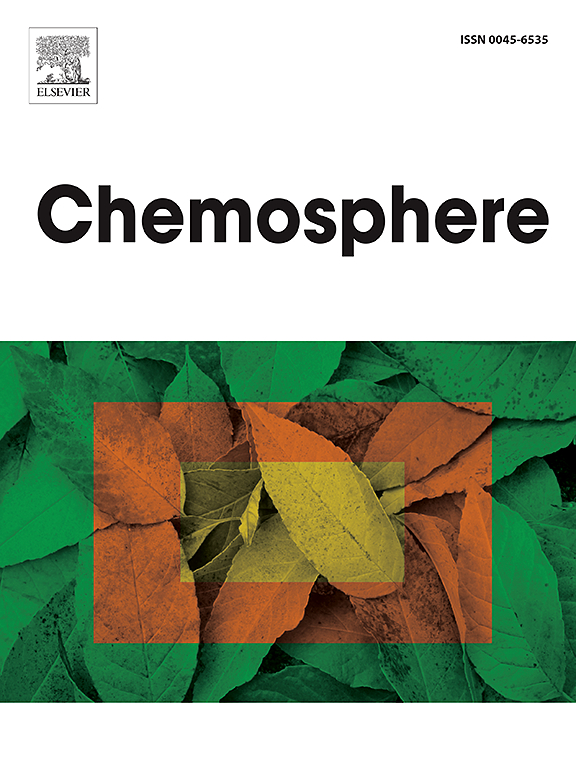Enhancing water efficiency in the processing of leafy greens: Efficacy of inline chlorine and pH control systems in reducing microbial contamination and limiting DBP formation
IF 8.1
2区 环境科学与生态学
Q1 ENVIRONMENTAL SCIENCES
引用次数: 0
Abstract
Optimizing water use in the food industry is crucial due to its increasing scarcity. Disinfectants extend the lifespan of wash water by inhibiting bacterial growth and reducing cross-contamination risks. Chlorine is commonly chosen for its affordability, ease of use, and availability. Maintaining a pH of 5.5–6 maximizes free chlorine effectiveness. However, maintaining stable pH and chlorine levels is challenging. Continuous inline monitoring systems for chlorine levels offer significant advantages over offline point measurements, addressing fluctuating chlorine and pH levels. The Automated SmartWash Analytical platform (ASAP) unit, an inline dosing and monitoring (i.e. control) system, was tested at full scale during the washing of iceberg and Lollo Rossa lettuce, using different lettuce-to-water ratios, simulating various processing conditions. Inline and offline free chlorine and pH measurements were compared with those of the ASAP unit. Additional physicochemical parameters, including chemical oxygen demand (COD), ultraviolet absorbance at 254 nm (UVA254), oxidation-reduction potential (ORP), and turbidity, were also monitored. Microbiological analysis (total plate count, coliforms, and Pseudomonas spp.) assessed cross-contamination risks, while trihalomethanes and chlorate levels in wash water and final products were evaluated to monitor DBP. Propylene glycol and orthophosphate, processing aids from SmartWash Original acidulant (i.e.T-128, a chlorine stabilizer), were also measured. Results demonstrated the control unit's ability to maintain stable chlorine and pH levels despite increasing organic loads, reducing cross-contamination risks and ensuring microbiological stability. DBP levels and processing aids remained within legal limits in the final product. Moreover, the sensory quality of fresh-cut lettuce was unaffected, regardless of chlorine use.

求助全文
约1分钟内获得全文
求助全文
来源期刊

Chemosphere
环境科学-环境科学
CiteScore
15.80
自引率
8.00%
发文量
4975
审稿时长
3.4 months
期刊介绍:
Chemosphere, being an international multidisciplinary journal, is dedicated to publishing original communications and review articles on chemicals in the environment. The scope covers a wide range of topics, including the identification, quantification, behavior, fate, toxicology, treatment, and remediation of chemicals in the bio-, hydro-, litho-, and atmosphere, ensuring the broad dissemination of research in this field.
 求助内容:
求助内容: 应助结果提醒方式:
应助结果提醒方式:


